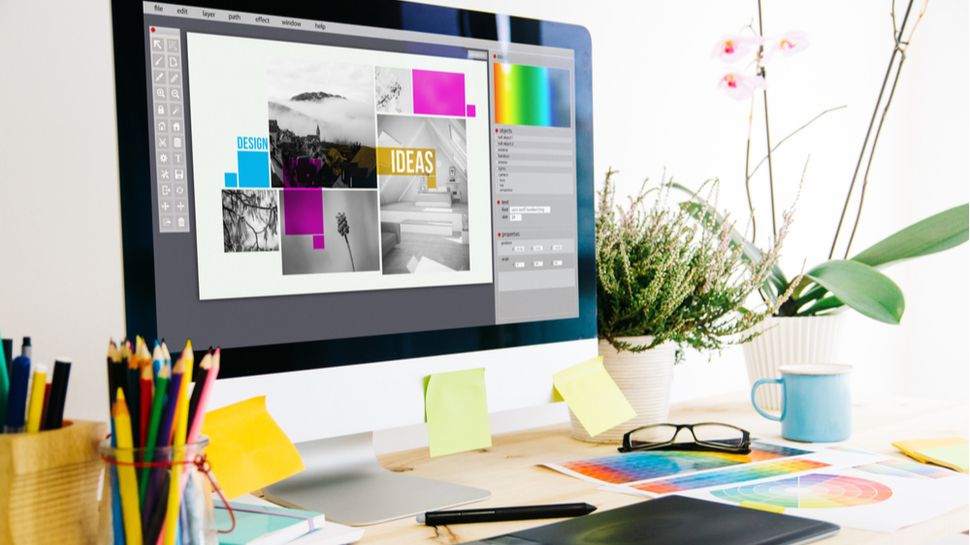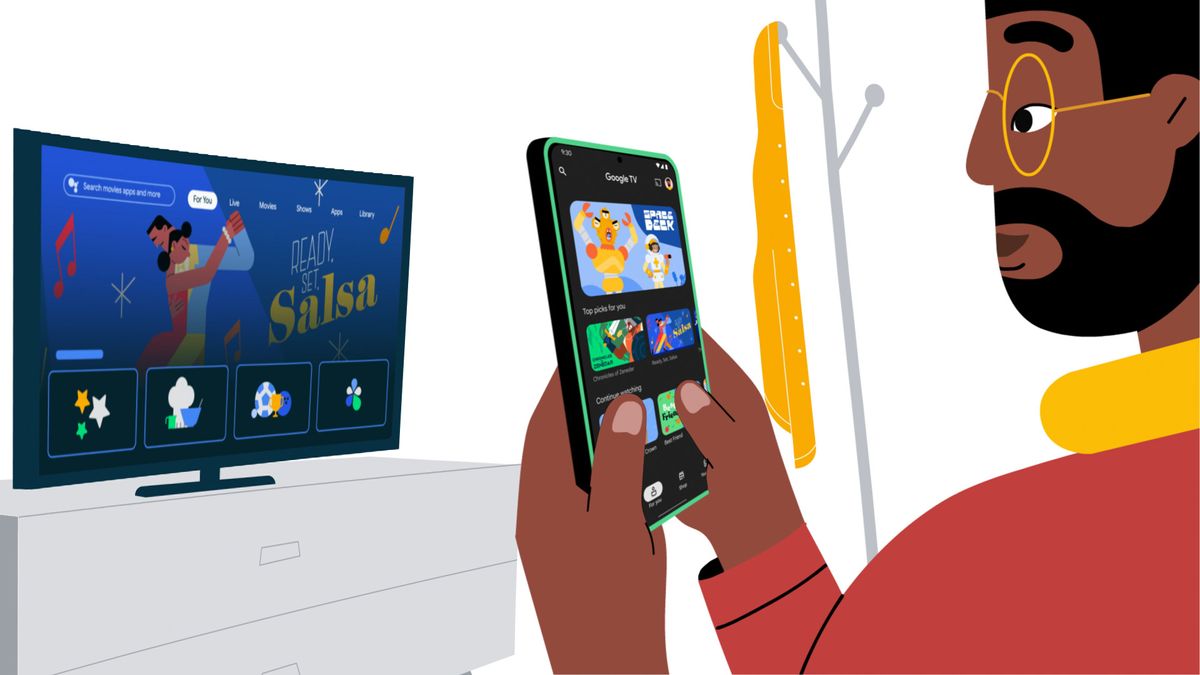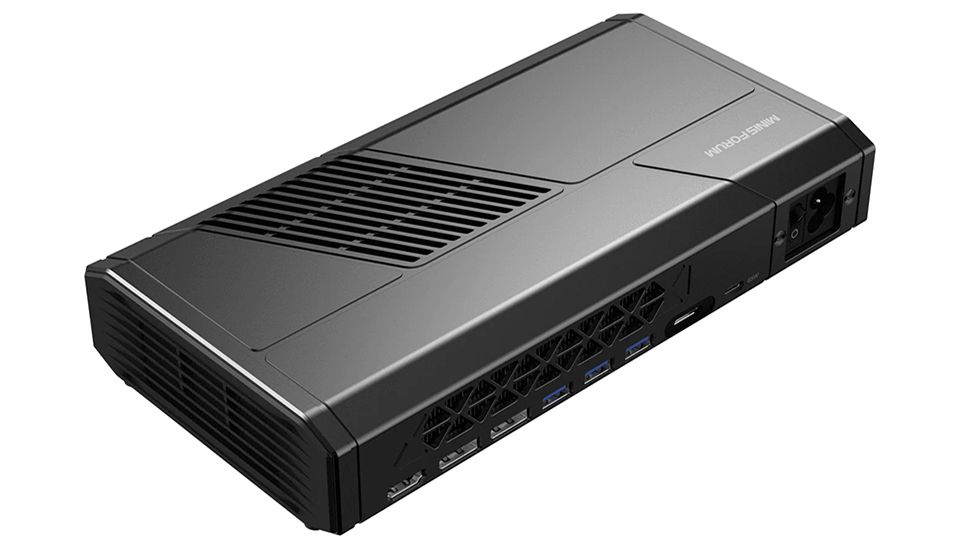The last three years have seen headlines flit between “The Office is Dead” and “The Great Return” – a seemingly never-ending debate about the future of work. And data shows that hybrid working is still the preferred model for nearly half of all workers in the UK at 47%. Rather than being ideologically locked down in the “office”, should we rather be focusing on working experiences? And powering the flexibility that lets businesses and employees work the way that best suits them.
Many organizations have, of course, maintained or extended hybrid and remote working practices since the pandemic – often now spanning multiple countries. This has been an excellent way to hold internationally diverse teams together and attract and retain the best talent, regardless of location. Whilst I would never argue that video calls effectively replace the experience of face-to-face contact, it has – in many cases – proved effective enough, especially when the positives are considered.
While not all organizations can or will want to rid themselves of the office environment, providing a flexible working experience is for many a non-negotiable in 2024. Even for those with demanding GPU requirements who have traditionally needed to sit on fixed workstations located within the four walls of the office. With more flexibility, employees can help to find a better work/life balance. Whether that’s to support working parents to leave early to pick up children and catch up on work at home, or to save on an hour commute each way by enabling them to work from home a couple of days a week.
Given that design industries such as architects, electronic engineers, and graphic designers are struggling to hire and retain talent, providing a flexible working environment for employees to have more choice in how and where they work will go a long way in helping them hold on to valuable skilled workers.
Moving away from outdated workflows
But powering flexible working isn’t as easy as it is, say, for a traditional office worker whose day is spent working in Microsoft Teams or Outlook. The challenge within design industries at the moment is that many firms still rely on physical workstations based in the office to run GPU-demanding workloads.
While physical workstations remain a great tool to run demanding video and graphics software, they come with limitations in terms of flexibility. They also rely on solitary power sources, and network connections, which are prone to causing disruption when it fails, something that can further hamper productivity and performance.
Moving away from physical workstations to enable hybrid working can be a significant decision for any organization. However, firms need to look at the bigger picture. There are various solutions available that enable hybrid working without sacrificing high performance. By embracing these solutions, firms can adapt to the evolving nature of work and provide their employees with the flexibility they need, ultimately contributing to a more agile and resilient workforce.
Does cloud hold the answer?
Virtual desktop infrastructure (VDI) is one potential solution to the challenges faced by the design industries. It promotes seamless collaboration regardless of their location, allowing teams to work together on projects in real time. Additionally, it offers a stable and secure environment for hybrid working, ensuring that sensitive files are protected.
In the past, performance issues, especially when it came to demanding GPU work, were a concern for VDI implementations in design industries. However, advancements in remote connectivity tools and the availability of a wider range of vendors focusing on the specific needs of design professionals have significantly improved the performance of VDI for graphic-intensive tasks. These developments have made VDI a more viable and attractive option for design professionals looking to leverage the benefits of remote and hybrid work environments.
And, it needn’t break the bank. Yes, many big tech offerings can be painfully expensive (and demand major operational adjustments to deliver ROI), but new, disruptive players are emerging to provide solutions that are much more cost-effective and, in some cases, much better performing. Certainly, accelerated GPU VDI needs a major re-appraisal and should be a key consideration for IT and operational strategies.
The road to a better work/life balance
Organizations must understand that VDI is not only a smart move to improve collaboration, but also for high-performance working. Keeping all critical computing centralized has major benefits for flexibility, ease of management and security. All employees need (wherever they may work) is a low-cost, lightweight laptop, and an internet connection. Even those working in demanding graphical or design industries.
The pandemic highlighted that more needed to be done to enable collaboration and productivity outside the office. And the technology is here for practices to power more flexible workflows and enable employees to improve their work-life balance. This should be mutually beneficial since allowing employees to work their way would help firms hold onto talent amid significant shortages in the sector. Firms need to evolve if they want to succeed in today’s climate, and that means doing more to support hybrid working, something they can’t do without adopting enabling technologies.
We’ve featured the best WFH app.
This article was produced as part of TechRadarPro’s Expert Insights channel where we feature the best and brightest minds in the technology industry today. The views expressed here are those of the author and are not necessarily those of TechRadarPro or Future plc. If you are interested in contributing find out more here: https://www.techradar.com/news/submit-your-story-to-techradar-pro





